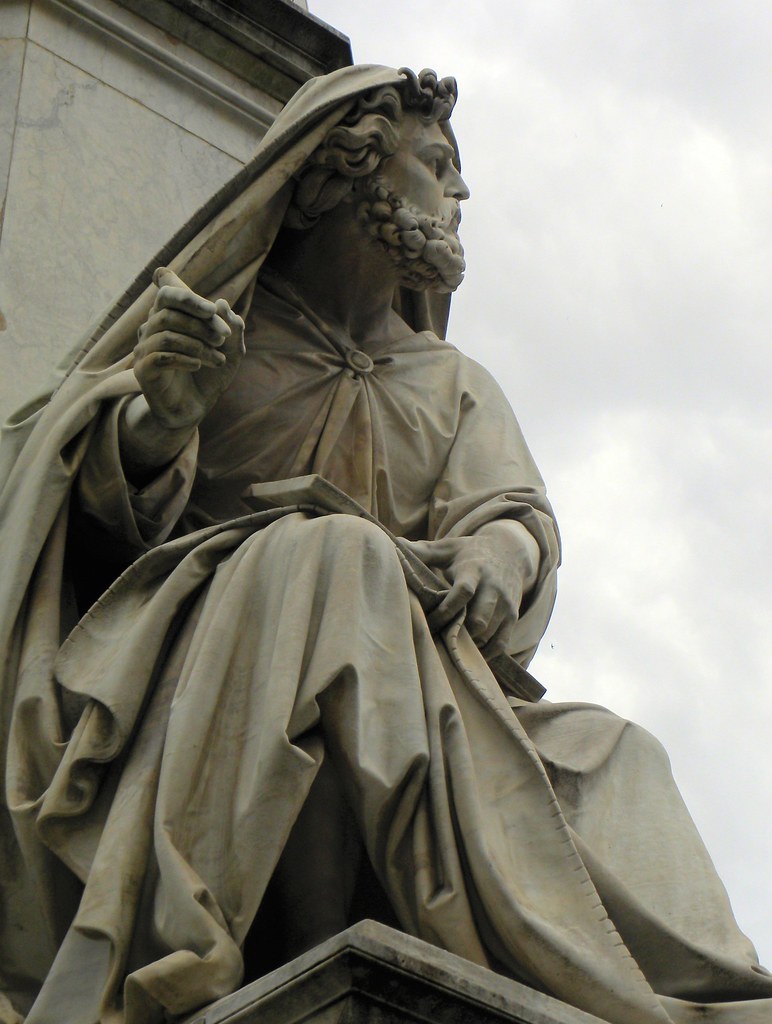In the canon of prophetic literature, the figure of Isaiah occupies a venerable position, reverberating through the annals of religious thought and serving as a beacon for ethical comportment. The Bahá’í interpretation of Isaiah’s teachings extends beyond mere theological exegesis, presenting a holistic understanding that harmonizes with the progressive revelations brought forth by Bahá’u’lláh. This essay elucidates the Bahá’í perspective on Isaiah and the concept of the House of the Lord, examining their interrelation and the implications for contemporary spiritual practice.
Firstly, it is imperative to encapsulate the central tenets of Isaiah’s prophetic mission. He emerged during a period fraught with political strife and moral degradation within ancient Israel. His call for social justice, personal accountability, and eschatological promise resonates profoundly with the Bahá’í vision of unity and transformation. For Bahá’ís, Isaiah’s prophecies symbolize not only divine guidance but also the potential for individual and collective redemption through adherence to divine principles.
Isaiah’s vision of the House of the Lord, notably articulated in Isaiah 2:2-4, reveals a transcendent eschatology where nations converge and swords are transformed into plowshares. This imagery is pivotal within Bahá’í thought, as it encapsulates the precepts of universal peace and the interdependence of humanity. The prophetic vision of a unified community and a global society underlines the Bahá’í emphasis on the oneness of mankind and the necessity for collaborative action in the face of societal challenges.
Furthermore, the House of the Lord can be interpreted in a dual sense: both as a metaphorical and literal entity. On one hand, it represents the spiritual sanctum within the human heart, where divine attributes flourish. Isaiah implores the faithful to cultivate inner sanctity, urging them to embody virtues such as compassion, justice, and humility. This internalization resonates deeply within the Bahá’í teachings, wherein the true House of Worship is constructed through the spiritual fortitude and moral rectitude of individuals.
On the other hand, the societal manifestation of the House of the Lord is realized through the establishment of Bahá’í Houses of Worship—temples that serve as hubs for community engagement, educational endeavors, and interfaith dialogue. Each House of Worship is a physical manifestation of Isaiah’s vision, functioning as an oasis of spirituality which fosters unity among diverse cultures and sects. The architectural design, with its openness and accessibility, embodies the Bahá’í principle that the divine presence transcends barriers and invites all to partake in the communion of shared humanity.
Isaiah’s profound insights into the nature of God and His attributes further align with Bahá’í teachings. Through the lens of Bahá’í revelation, God is perceived as transcendent yet immanent, inviting humanity to engage in a dialogue of love and service. This understanding enhances the faithful’s interaction with the divine, urging believers to manifest the qualities of God in their daily lives. The challenge now lies in actualizing these attributes through acts of kindness, justice, and equity, fulfilling the prophetic vision articulated by Isaiah.
Moreover, the concept of a divine covenant, pronounced through Isaiah, becomes a cornerstone of the Bahá’í understanding of human relationships. The prophetic invocations of social and ethical responsibility serve as a clarion call for Bahá’ís to reaffirm their commitment to the principles of service and sacrifice. In doing this, the followers of the Faith cultivate the necessary virtues required to foster a thriving community, embodying the covenant articulated by Isaiah throughout his ministry.
In the Bahá’í Faith, the synthesis of religious teachings underscores the idea that each prophet emerges distinctly within historical contexts, embodying both continuity and change. Isaiah, as a pivotal figure, heralds a message that transcends time and space, echoing throughout the ages. This informs the Bahá’í view that the ongoing prophetic legacy summons humanity towards a future characterized by spiritual and material prosperity, urging adherence to divine principles that promote collective welfare.
Moreover, the Bahá’í concept of the “Most Great Peace” as an eventual realization of prophetic promises amplifies Isaiah’s assertions regarding the new era of human development. Bahá’ís are inspired by Isaiah’s resolute calls for justice and peace, interpreting them as foundational pillars of a sustainable global civilization, where the ideals of equality and cooperation become normative. This synthesis of spiritual and material pursuits is emblematic of the Bahá’í administrative order, which aims to build a world community grounded in these very principles.
In conclusion, the Bahá’í interpretation of Isaiah and the House of the Lord emerges as a multifaceted exploration of divine purpose and human potential. Through an astute understanding of prophetic teachings, Bahá’ís are encouraged to engender a spirit of unity and reconciliation. By embracing these profound insights, the faithful participate actively in the unfolding narrative of humanity’s advancement, embodying the prophetic vision that calls for a world where the House of the Lord transcends physical boundaries and enters the hearts of all. In doing so, they contribute to the overall tapestry of spiritual enlightenment, echoing the age-old truths that continue to inspire and guide humanity towards its ultimate destiny.
